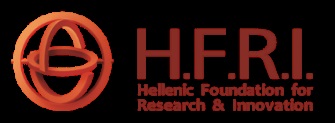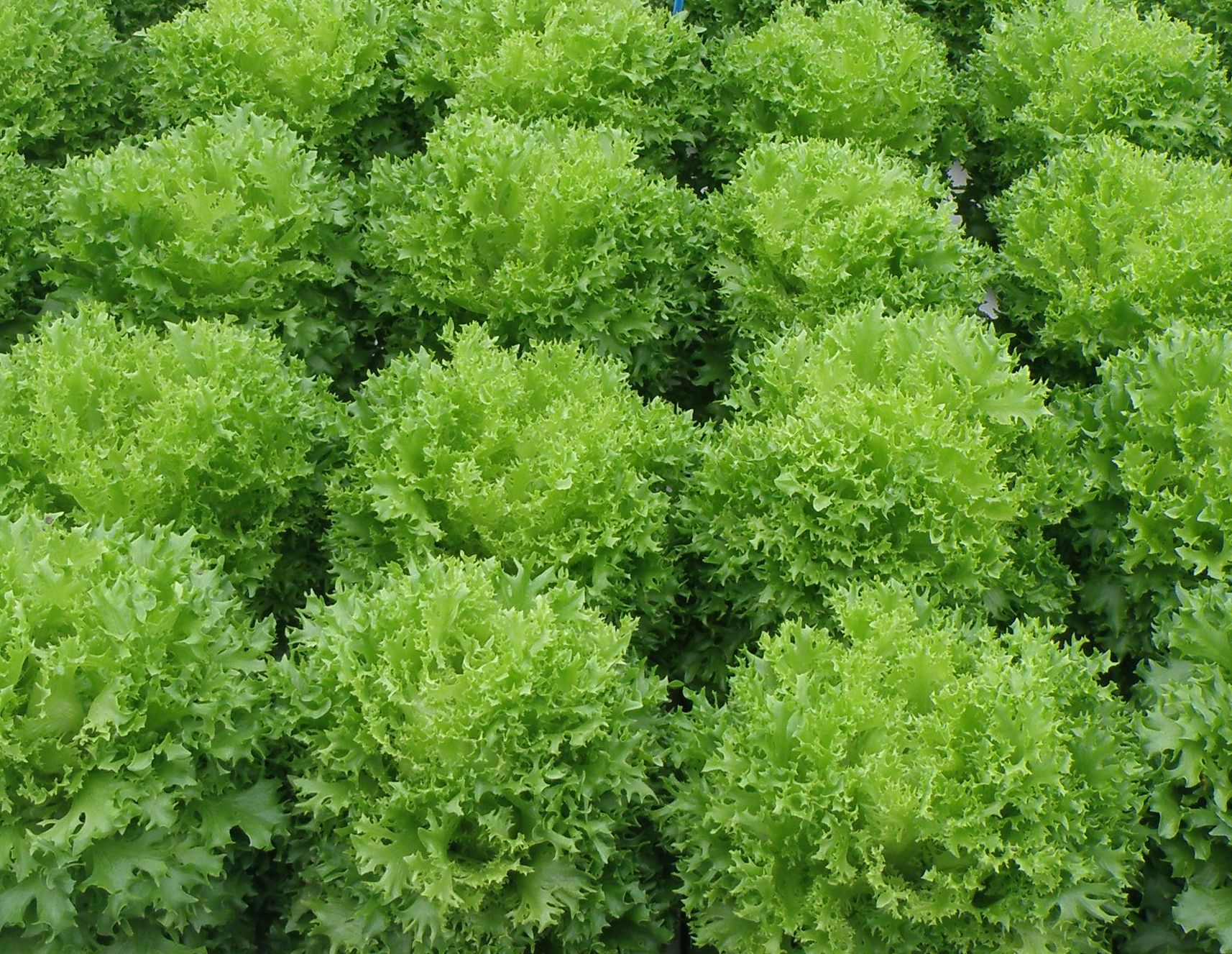Nutrisense
Development of an innovative technology using special ion electrodes and suitable software for hydroponic production with emphasis on recycling of the drainage solution in closed systems
The research project was supported by the Hellenic Foundation for Research and Innovation (H.F.R.I.) under the “1st Call for H.F.R.I. Research Projects to support Faculty Members & Researchers and the Procurement of High-and the procurement of high-cost research equipment grant” .


Development of an innovative technology using special ion electrodes and suitable software for hydroponic production with emphasis on recycling of the drainage solution in closed systems
Principal Investigator: Dimitrios Savvas
Reader-friendly title: Nutrisense – Development of an innovative technology using special ion electrodes and suitable software for hydroponic production
Funding: 156.000 Euro
Scientific Area: Agricultural Sciences
Institution and Country: Agricultural University of Athens, Greece
Host Institution: AUA
Collaborating Institutions:
Agricultural University of Athens
ALAGRO E.E.
Cyprus University of Technology (CUT)
Wageningen Plant Research, department “Greenhouse Horticulture”
Description
| D.1.1. | 1 | At least two scientific publications in peer-reviewed international scientific journals and two papers in scientific conferences on water and nutrient recycling in horticultural crops grown in closed hydroponic systems |
| D.1.2. | 1 | At least one scientific publication in a peer-reviewed international scientific journal on disinfection of nutrient solutions in closed hydroponic systems through chlorine, O3, and/or H2O2. |
| D.2. | 2 | One scientific publication in an international scientific journal and one presentation in an international conference on the NUTRISENSE FH specific technology developed in WP2 |
| D.3.1. | 3 | Offline and online version of a software (NUTRISENSE SW) used for nutrition management in hydroponically-grown greenhouse crops |
| D.3.2. | 3 | A patent of the NUTRISENSE SW as connected with ion selective electrodes operating online or offline in closed hydroponic systems |
| D.4.1 | 4 | A specialized platform for hydroponic greenhouse crops accessible through the website of the Laboratory of Vegetable Production (LVP) |
| D.4.2 | 4 | At least three PowerPoint presentations reporting project results and technologies in national and international scientific symposia |
| D.4.3. | 4 | Two popular scientific articles published in agricultural magazines |
| D.4.4. | 4 | Four workshops on new technological developments in hydroponics at four different regions of Greece |
| MS1 | MS1. Protocol for the determination of mean uptake concentrations |
| MS2 | MS2-Metabolomics analysis |
| MS3 | MS3-Validate the internet version of NUTRISENSE |
| MS4 | MS4-Validate the version of NUTRISENSE operating on-line with ISEs |
| MS5 | Establishing a protocol for the experimental evaluation of the NUTRISENSE FH with the ISE operating offline |
| MS6 | NUTRISENSE FH with the ISE operating online ready for testing experimentally |
| MS7 | The NUTRISENSE FH with the ISE operating offline ready for testing experimentally |
| MS8 | MS8. Database MS9 Detailed dissemenation plan |
| MS9 | Detailed dissemination plan |
| MS10 | MS10 Guidelines for use the Offline of the NUTRISENSE SW uploaded in the web platform |
Hydroponics, as a technology that decouples horticultural production from soil-based constraints (soil borne pathogens, reduced fertility, soil fatigue due to monoculture, soil compaction due to staff movement in greenhouses, etc.) opens up enormous potential for increasing production and quality in greenhouse crops. This is particularly true when hydroponics is combined with various other modern technologies, such as computers, electronics and their applications in automation, sensors, etc. Therefore, in countries with a high level of greenhouse cultivation (Netherlands, France, Israel, Japan, Canada, etc.), hydroponics is the predominant technology of growing vegetables and flowers in greenhouses. The development of know-how suitable for the local climatic conditions and the improvement of the technological level of hydroponic installations are therefore the two most necessary prerequisites for the further development of the greenhouse cultivation sector in Greece. This is the main objective of Nutrisense. In view of the above background, the subject of the research project is the development of an innovative technological application for hydroponic vegetable production in the greenhouse with the main objective to automatically collect and recycle the drainage solution (DS) using ion selective electrodes (ISE). The novelty of the project is the development of a software that will utilize data from real-time measurements of nitrate, phosphorus, potassium, calcium and magnesium concentrations with ISE in the greenhouse and automatically supplement the effluent with the necessary nutrients, so that it can be recycled
Scientific Originality
Currently, various automation techniques involving measurements and adjustments in real time are used in modern soilless culture for the recycling of the drainage solution (DS). A standard technique involves mixing of drainage and fresh water and an automatically adjustable ratio by aiming at a preset target value of electrical conductivity (EC) in the outgoing mixture. This operation enables the maintenance of a desired EC in the solution supplied to the crop by dispensing nutrients at standard rates, irrespective of any fluctuations in the composition of the DS. The nutrients are injected from stock solutions with a composition based on estimations of the mean uptake concentrations for this particular plant species with some specific crop-stage depending adjustments. However, these technologies do not address the problem arising from the unknown composition of the DS, when it is recycled. The on-line estimation of the nutrient concentrations in the DS using ion selective electrodes (ISE) would be a good alternative to overcome the problems arising from the unknown composition of the DS.
In addition a Decision Support System (DSS) integrated in the fertigation unit will automatically readjust nutrient ratios, achieving optimal plant nutrition and improved water and nutrient efficiency.

 English
English